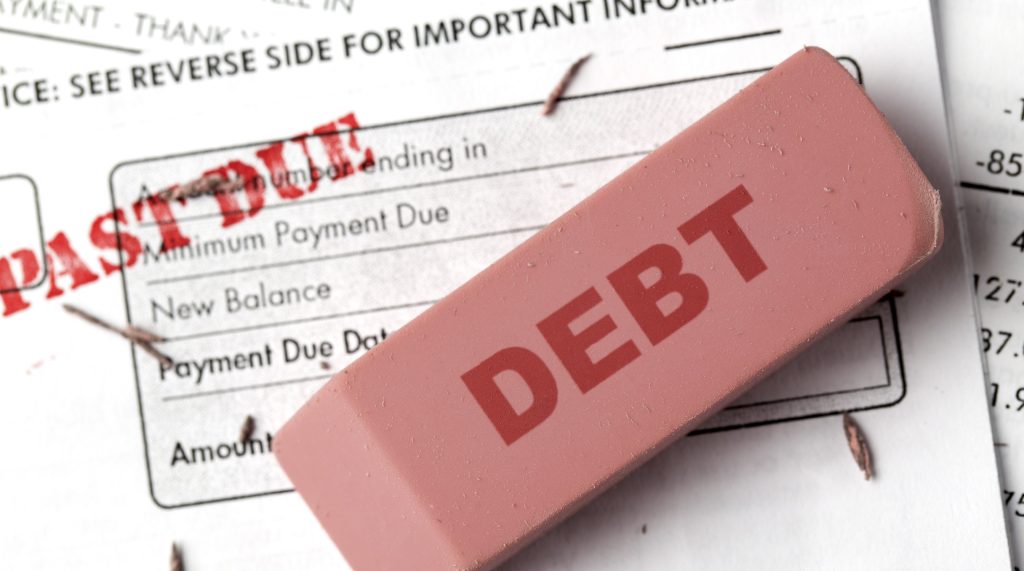You probably write off thousands – if not tens of thousands – of dollars each year for contractual adjustments. You have little control over that. What you can control, however, is how much you write off for bad debts. Improve collections and reduce bad debt write-offs using these five ideas.
- Accept credit cards. Make it easy for patients to pay co-pays and other fees before they ever leave your office by accepting all major credit cards, and send out statements for balances due after insurance pays that allow patients to use credit cards to take care of those amounts as well. Some patients use credit cards because they don’t have the cash on hand to pay their medical bills. Others use them to rack up points or airline miles. Many people now use debit cards almost exclusively, and rarely write checks. Yes, you’ll pay a small fee when patients use their cards, but in the long run it’s more cost-effective than trying to collect balances that are 60, 90, or 120 days old.
- Make it clear that co-pays are due at the time of service. Post a tasteful sign near the reception desk to let patients know they’re expected to pay their portion of the bill when services are rendered. Many practices collect co-pays at sign-in, so that when the visit is complete patients are free to go unless they need to stop at the front desk to make a follow-up appointment. When new patients schedule their first appointment, mention over the phone (using a friendly, non-threatening tone) that co-pays are due at the time of service, and include this in the financial policy that you post on your practice website.
- Verify insurance coverage prior to treatment, particularly for “big ticket” items. Patients switch insurance plans due to changes in employment (or worse, suddenly have no insurance due to unemployment), and insurance companies frequently make adjustments to what and how much they cover. Professionally run practices always verify third-party coverage before scheduling an in-office or in-patient procedure. It’s better for everyone involved to know ahead of time what portion of the bill the patient will be responsible for paying.
- Work with patients who are struggling. In tough economic times, you may have patients who are faced with making the choice between paying medical bills and putting enough food on their tables. To the degree that you can, work with patients who are having temporary financial difficulties due to the loss of a job or reduced work hours. If a patient who usually pays on time suddenly falls behind or can’t come up with their co-pays at the time of service, take them aside privately and ask if being on a payment plan would be helpful. Particularly in the case of a loyal patient, it’s better to collect $40 a month than to collect nothing at all, and risk that they’ll be embarrassed by the fact that they can’t pay and, as a result, seek future care elsewhere.
- Review your own billing procedures. Patients are more likely to pay medical bills if they receive them in a timely manner. If you’re waiting even 30 days to send statements for balances due after insurance pays, you’re taking the risk that patients will have forgotten how grateful they were for the good care they received during a time of need. Bill quickly and efficiently to reduce bad debt.



